
AeroGenie — Your Intelligent Copilot.
Trending
Categories
Geely Subsidiary Aerofugia Begins Prototype Production of Aerial Taxi
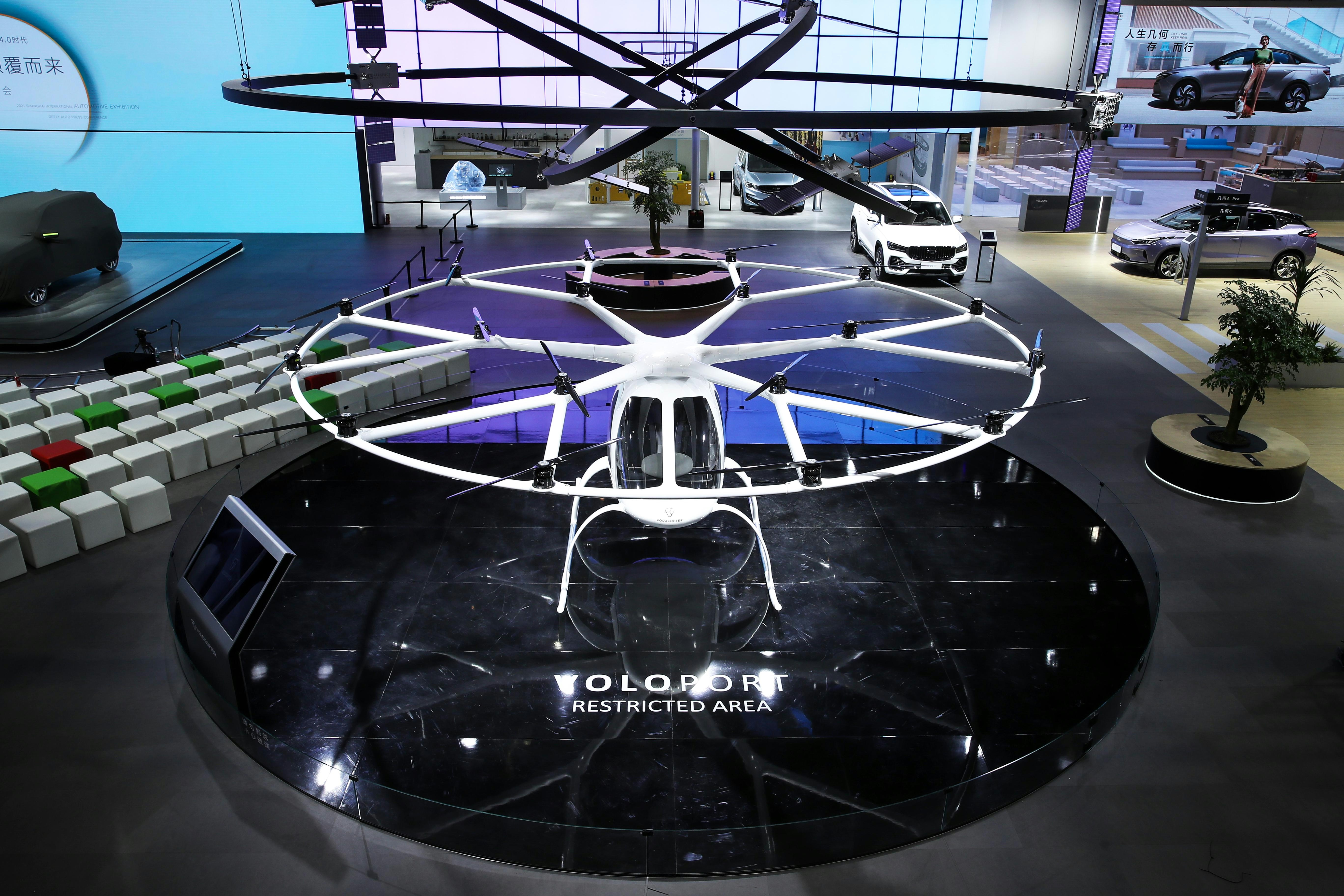
Geely Subsidiary Aerofugia Advances Prototype Production of Aerial Taxi
Aerofugia, a subsidiary of Chinese automotive giant Geely, has initiated prototype production of its six-seater electric vertical takeoff and landing (eVTOL) aircraft, the AE200-100. This development follows successful initial test flights conducted in 2023 and the recent acquisition of the CCAR-135 certification from the Civil Aviation Administration of China (CAAC) for operations in the southwest region, granted in May 2025. The certification authorizes Aerofugia to conduct irregular passenger transport and sightseeing flights with aircraft accommodating between one and nine passengers.
The AE200-100: Design and Capabilities
The AE200-100 represents Aerofugia’s first independently developed eVTOL model. Powered entirely by batteries, the aircraft is designed for vertical takeoff and landing, requiring only a compact landing area comparable to that of a helicopter. Unlike some competitors, such as EHang, which focus on autonomous flight, the AE200-100 is piloted onboard. It boasts a cruising speed of 248 kilometers per hour and a range of 200 kilometers, positioning it for applications in urban air mobility, low-altitude tourism, and emergency rescue missions. Aerofugia asserts that the operating costs of the AE200-100 will be substantially lower than those of traditional helicopters.
The commencement of prototype production marks a significant step toward completing the aircraft’s airworthiness certification and pre-production phases, bringing the AE200-100 closer to mass manufacturing. Aerofugia has already secured over 1,000 commercial orders from a range of clients, including Sichuan Airlines, Hualong Airlines, the Shenzhen City Transportation Low-Altitude Operational Centre, and Thailand’s SIT. The company reports that its production capacity for the first year is fully booked.
Challenges and Industry Context
Despite these promising developments, Aerofugia faces considerable challenges as it transitions from prototype to commercial viability. Regulatory frameworks for urban air mobility remain under development globally, posing ongoing hurdles. Additionally, scaling production while ensuring safety and reliability presents significant technical difficulties. The aerial taxi market itself is still in its infancy, with industry analysts expressing caution due to past overestimations of market demand, cost overruns, and operational challenges encountered by other eVTOL developers.
Competition within the sector is intensifying, with established companies such as Joby Aviation, Lilium, and EHang advancing their own eVTOL projects. These competitors may respond to Aerofugia’s progress by accelerating research and development efforts, forging new strategic partnerships, or refocusing on market segments with more immediate commercial potential.
Aerofugia’s Strategic Evolution
Founded by Geely in 2020, Aerofugia initially partnered in 2021 with German air taxi developer Volocopter, in which Geely had held a stake since 2019. The collaboration aimed to introduce urban air mobility solutions to China within three to five years, with an initial deployment target of 150 air taxis. However, following Volocopter’s bankruptcy at the end of 2024, the partnership appears to have dissolved. Speculation about a potential Geely acquisition of Volocopter did not materialize, and the German company was ultimately acquired by Diamond Aircraft, an Austrian subsidiary of China’s Wanfeng Auto Holding Group, in March 2025.
As Aerofugia advances toward mass production, its capacity to overcome regulatory, technical, and market challenges will be pivotal in determining the commercial success of the AE200-100 within the rapidly evolving aerial mobility industry.
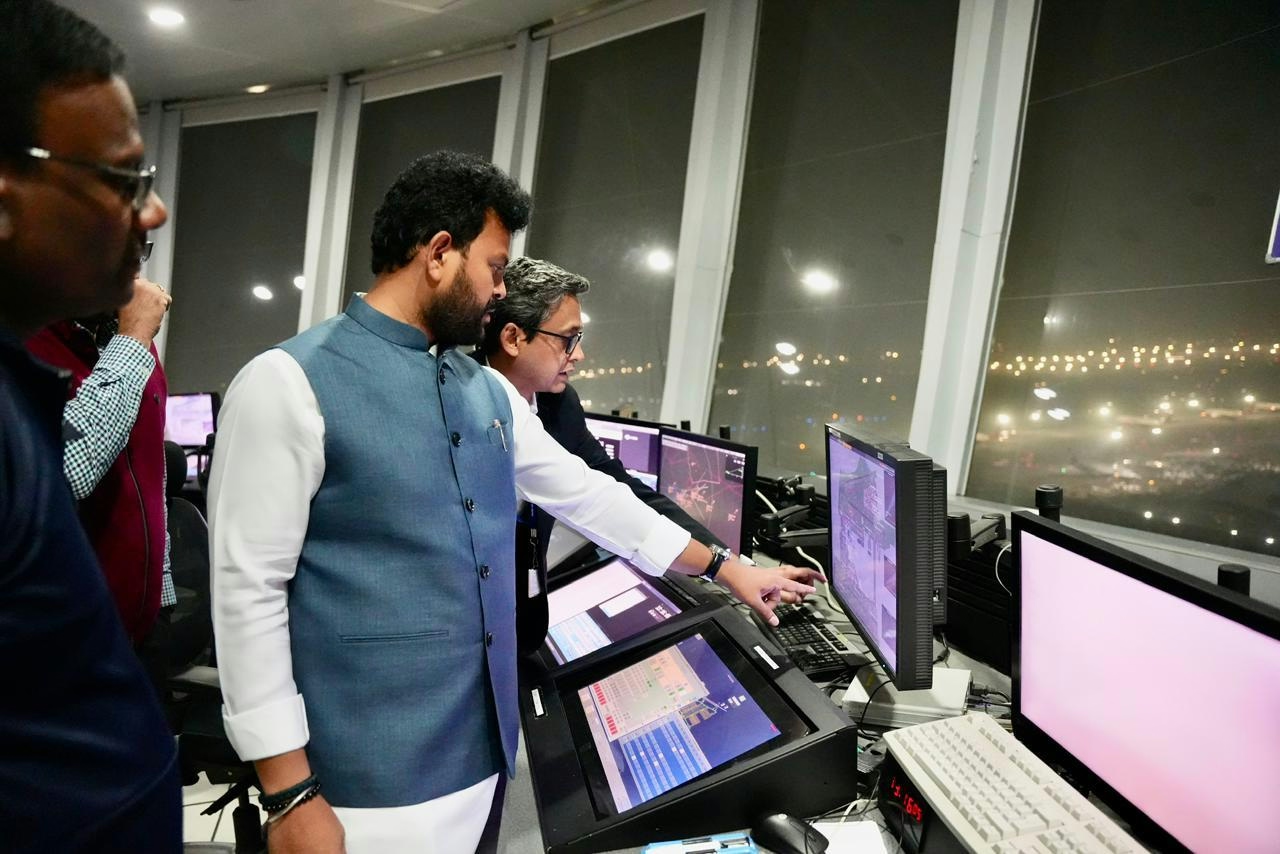
AAI Unveils Pavilion Highlighting India’s Aviation Advances at IITF 2025
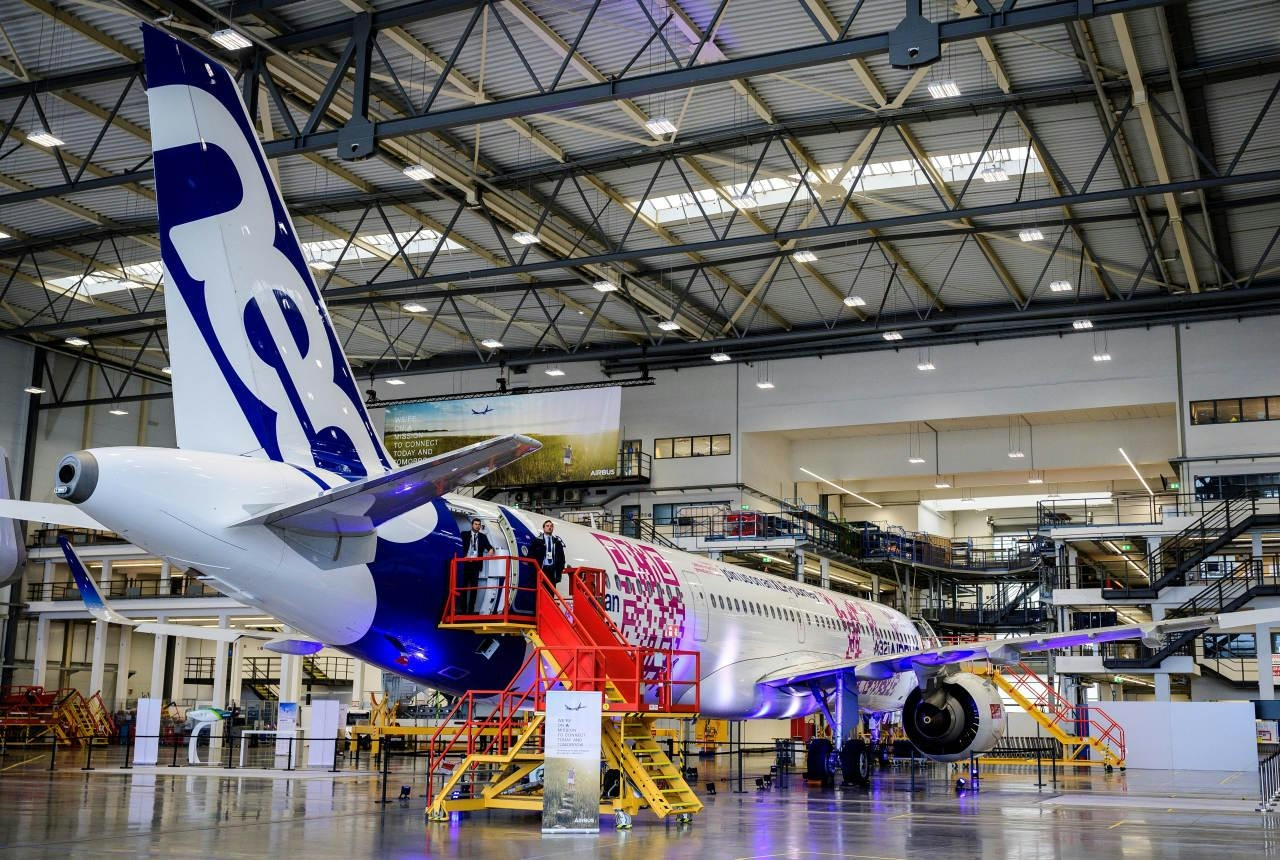
Airbus Projects Asia-Pacific Will Need Nearly 20,000 New Planes Over 20 Years
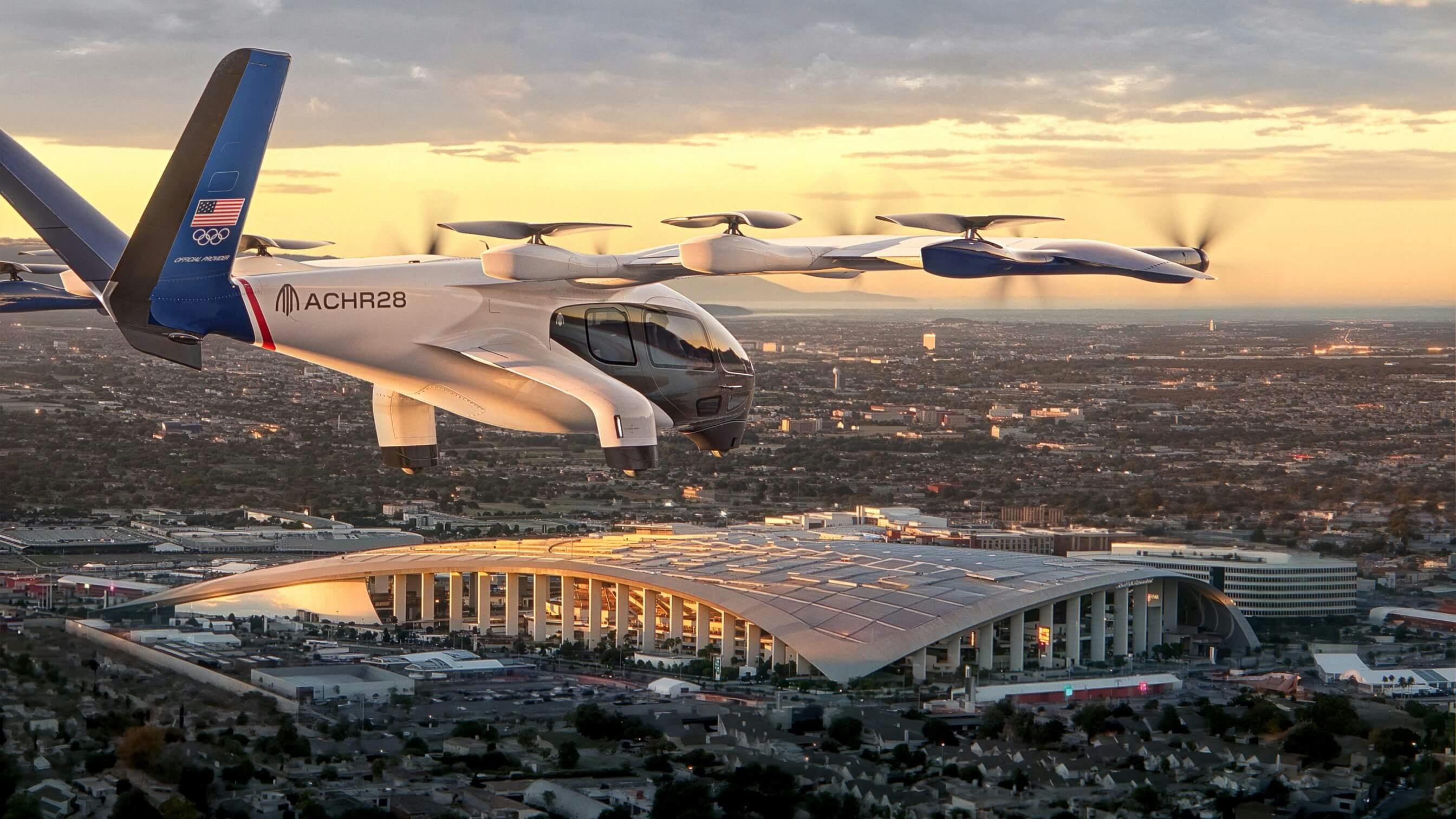
Archer Midnight Air Taxi Launches Silent City-to-Airport Flights in 2026
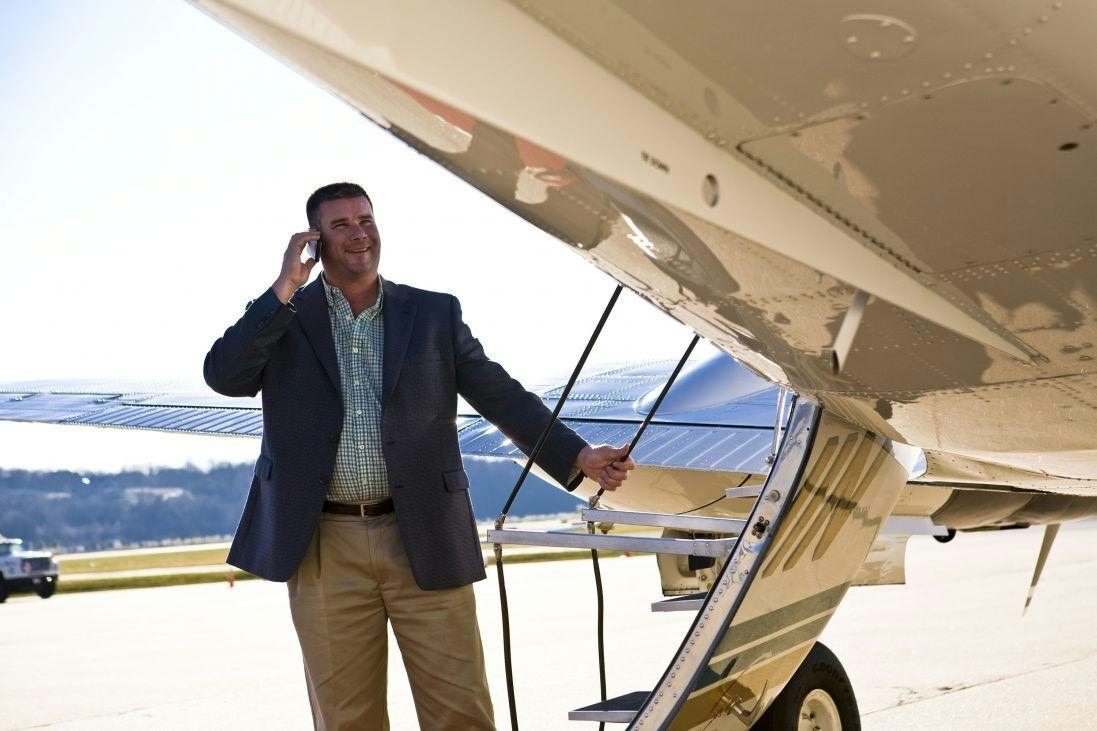
Aircraft Leasing Companies Offer Potential Benefits for Investors
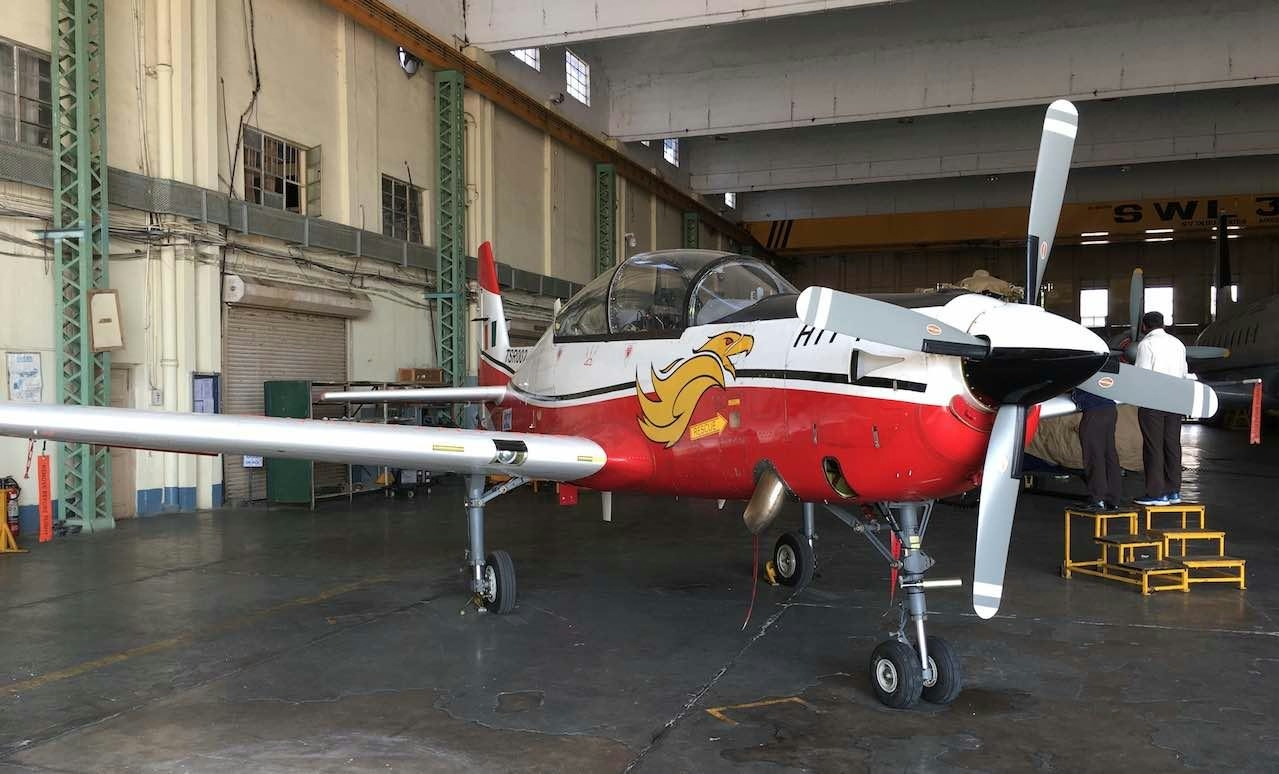
HAL Increases Production Ahead of HTT-40 Delivery
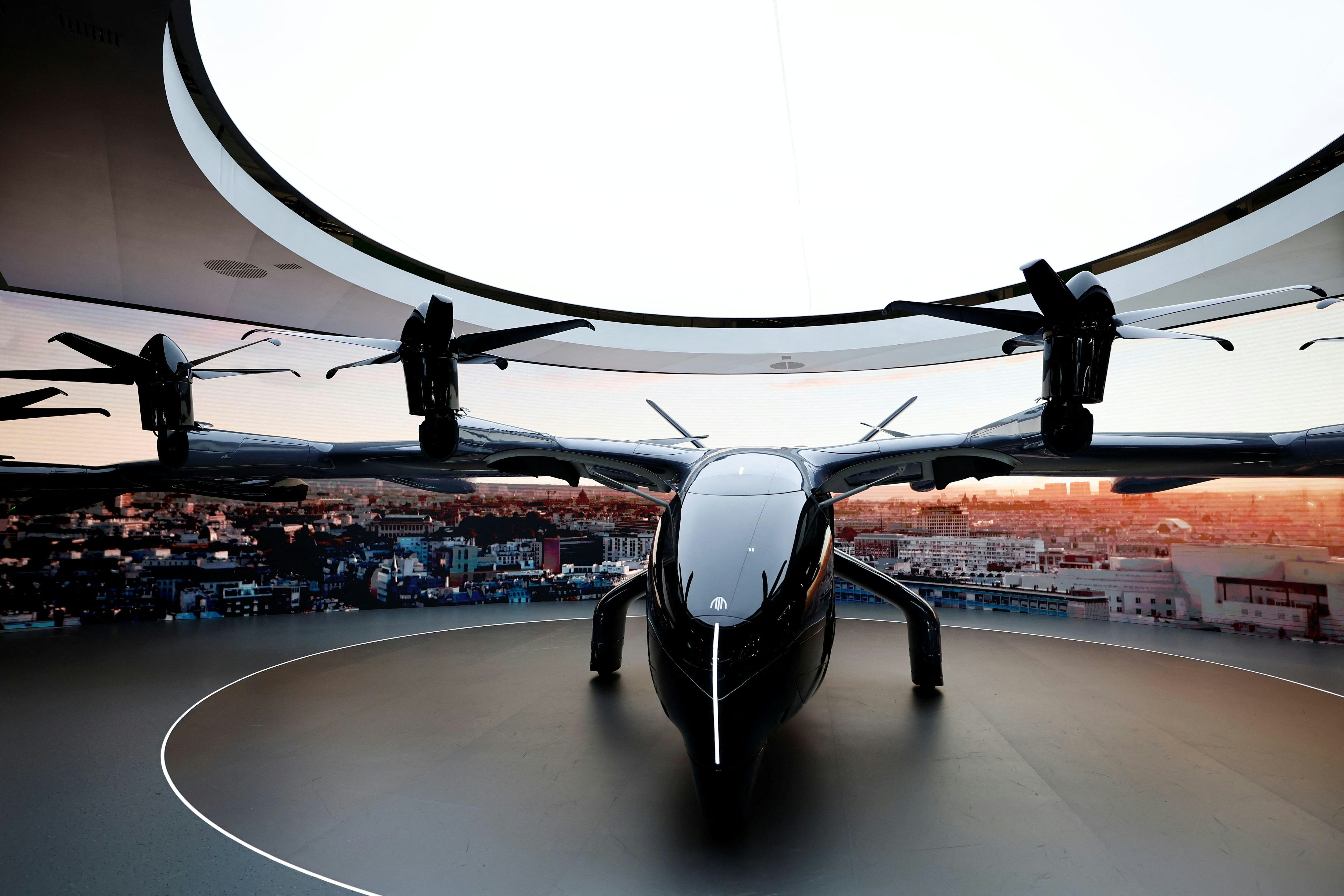
Archer Acquires Regional Airport
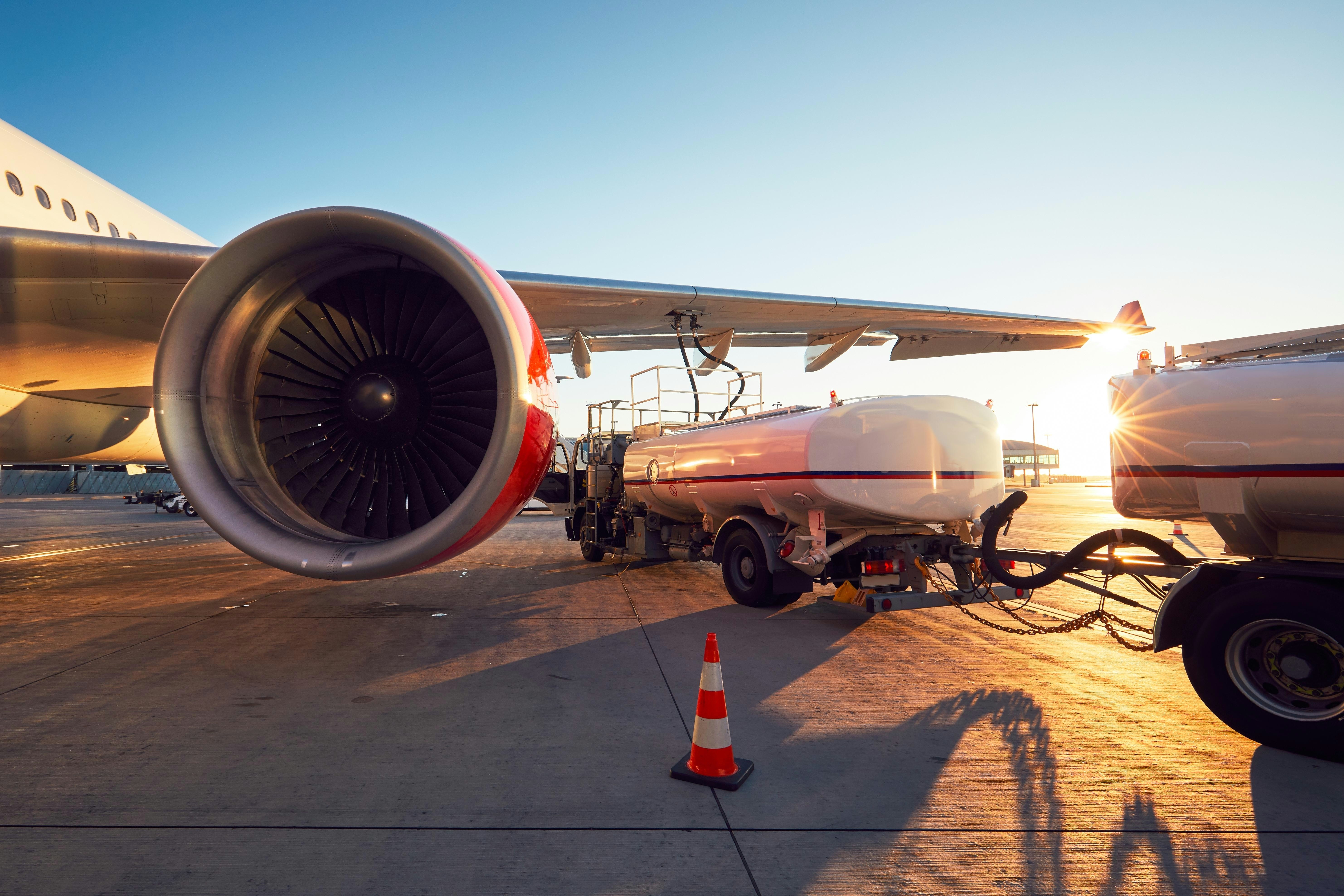
Aviation Industry Struggles with Supply Chain Disruptions and Rising Costs
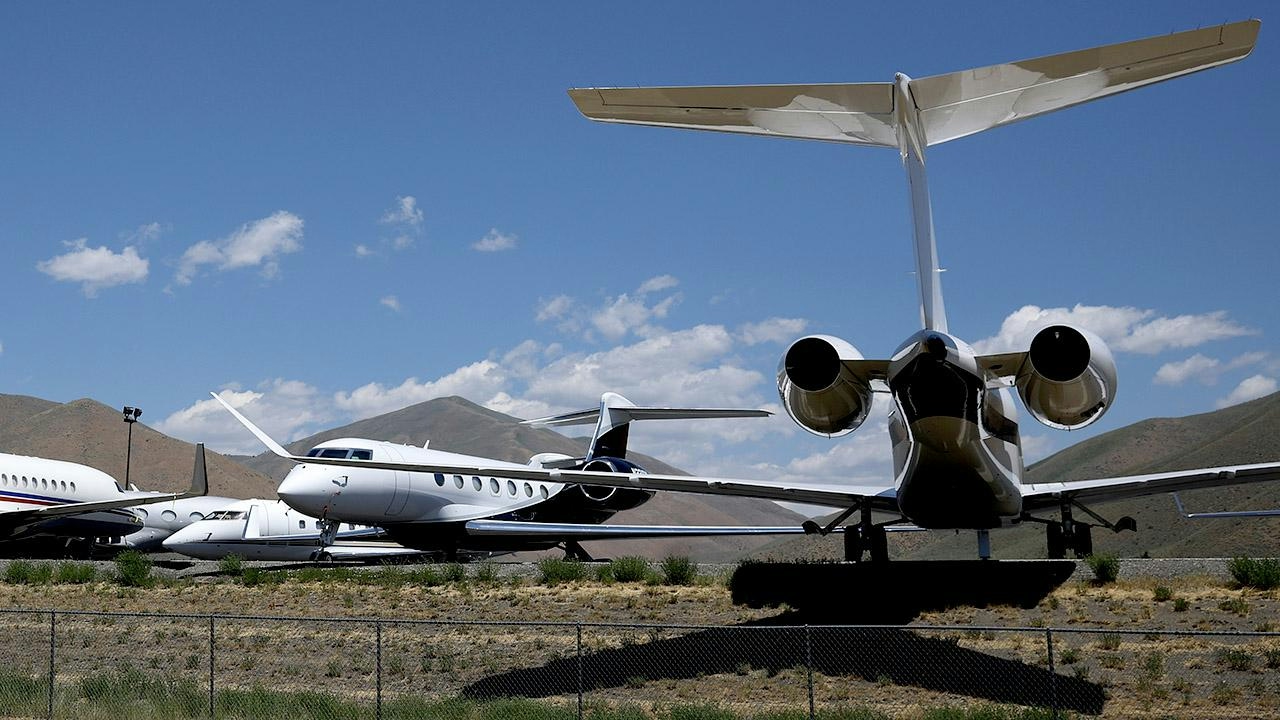
Jet.AI Revenues Decline Ahead of Private Aviation Division Sale

SunTrax in Polk County to Become Nation’s First Air Taxi Testing Hub
